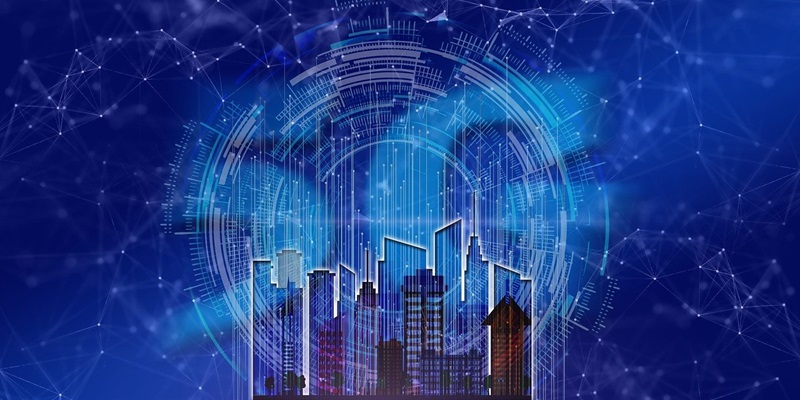In today’s digital era, where seamless connectivity is the backbone of our daily lives, the emergence of 5G technology has brought forth a new paradigm in mobile communication. With its promise of faster downloads, uninterrupted streaming, and improved overall connectivity, 5G is set to redefine the way we interact with the digital world. However, the true potential lies in the harmonious integration of both 5G and LANs – a marriage of wireless and wired technologies, working in synergy to deliver an unparalleled connectivity experience. This article delves into the significance of this integration and explores the unique advantages of each technology.
Introduction to 5G Technology
5G, the fifth-generation wireless technology, represents a groundbreaking advancement in mobile communication. It not only ensures faster data transfer speeds but also offers reduced latency and a higher capacity to support a massive number of connected devices. The benefits of 5G are vast, enabling seamless streaming, improved video calls, and instant downloads, enhancing the overall user experience.
Integration of 5G and LANs
Integrating the strengths of 5G technology and Local Area Networks (LANs) opens up new possibilities for connectivity. While 5G offers the advantage of wireless connectivity, LANs provide stability, security, and cost-effectiveness. By working together, they can create a comprehensive connectivity solution that caters to various needs and scenarios.
Infrastructure Requirements for 5G
Deploying 5G technology requires a robust infrastructure of towers and antennas to ensure widespread coverage. This can be a significant challenge, as setting up towers and antennas may require considerable time and investment. Despite this, the investment is essential to fully realize the potential of 5G technology.
Advantages of LANs include
LANs, on the other hand, can be quickly and easily established in any location with minimal infrastructure requirements. With LANs, organizations can maintain full control over their network, ensuring a higher level of security compared to wireless networks. Additionally, setting up and maintaining a LAN is generally more cost-effective than relying solely on 5G, especially in areas with a high concentration of devices.
The Indispensability of LANs for Organizations
LANs offer stability, security, and cost advantages that make them indispensable for many organizations. In scenarios where data privacy, network speed, and uninterrupted connectivity are of utmost importance, LANs provide a reliable solution. Sensitive industries such as healthcare, finance, and government agencies highly rely on LANs for optimum performance and data security.
Complementing LANs with 5G
While LANs excel in providing secure and stable connectivity, there are situations where wired connections are not feasible or locations that require wireless connectivity on the go. This is where 5G comes into play, providing wireless connectivity capabilities that complement LANs. By strategically utilizing 5G to provide connectivity in areas where wired connections are challenging, an organization can achieve a comprehensive and inclusive connectivity solution.
In conclusion, the power of integration between 5G and LANs lies in adaptability to the unique advantages of each technology. While 5G technology brings faster speeds and seamless wireless connectivity, LANs provide stability, security, and cost advantages. By harmoniously integrating both technologies, organizations can create a comprehensive connectivity solution that caters to diverse needs and scenarios. The future of connectivity lies in understanding and embracing the strengths of 5G and LANs, and leveraging their unique advantages to create a seamless and inclusive digital experience for all.

